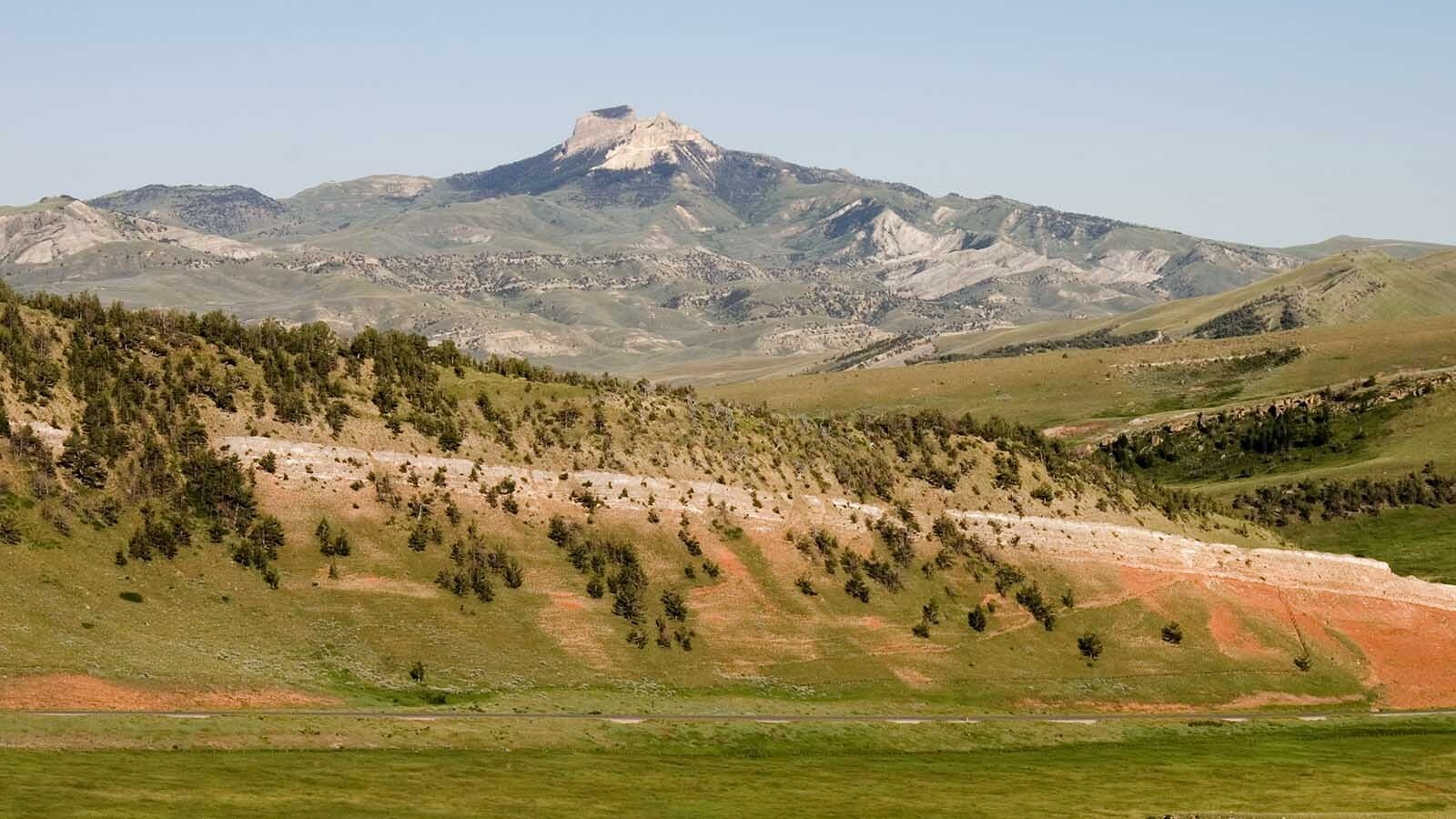This is the time of year when Wyoming’s hunters are heading out after elk, deer and pronghorn — all equipped with modern compound bows, crossbows and rifles.
Turn the clock back about 12,000 years when mammoths and gigantic ancient bison were stomping arounds, and the region’s hunters had no such options.
They didn’t even have basic bows. Those didn’t start showing up in these parts until about 1,200 or so years ago.
All they had to take down those colossal prehistoric beasts was the atlatl, one of oldest and most basic weapons known to humanity.
Basically, it’s a stick and a dart.
The stick is about the length of one’s forearm. It’s used to fling a projectile about 4 feet long with a sharpened tip. The dart also has a notch to marry with the stick.
Then, using a basic flinging motion, the user sets the dart flying — ideally with enough accuracy and force to penetrate the hide of large animals and get through to the vital organs.
Dozens of people lined up to try their hand at the atlatl during the Wyoming Archelogy Fair at the Wyoming Territorial Prison grounds in Laramie on Saturday.
They threw darts at targets shaped like deer, bears and even a huge bison arranged in a field out to about 30 yards or so.
Each participant was given six darts, a half-dozen chances to make a “kill” and feed their clan for a few days.
Laura Pribyl of Laramie did better than most, sending her darts flying in impressive arcs, striking the targets on a couple of attempts.
It was a great — and humbling — experience, she told Cowboy State Daily.
“It puts you in the place of an ancient person and makes you realize just how hard they had to work to get their food,” she said.
Used By The Clovis People
Atlatls were used by cultures all over the world going pack thousands of years, University of Wyoming Archeology master’s student Haley Purifoy told Cowboy State Daily.
“It’s a very basic, but ingenious technology,” she said. “Essentially, all it does is make your arm longer, allowing you to throw harder and farther.”
She helped run the atlatl station at the archeology fair, giving a “safety spiel” to each new group preparing to go up to the throwing line.
People were reminded to not point the darts at anything other than the targets, and to not start throwing until it was called out that the range was going “hot.”
The darts used for Saturday’s demonstration had metal tips and plastic fletching.
In ancient times, hunters used bird feathers for fletching, and they had to make their own dart tips by flintknapping stone. Obsidian was the most favored, because it forms such great cutting edges.
Paleoindian hunters, the Clovis People, are thought to have first arrived in what would become Wyoming about 13,000 to 15,000 years ago.
They were packing atlatls. And when it came to bringing down mammoths, they understood the effectiveness of cooperative hunting, Purifoy said.
“They would push the mammoths into an ambush spot, and then several hunters would attack a mammoth all at one with atlatls,” she said.
‘A Devastating Weapon’
Adam Larsen of Cheyenne told Cowboy State Daily that he loves attending the annual archeology fairs, and the atlatl station is one of his favorites.
Though he’s done it a few times, mastering the atlatl is a huge challenge, he said. That had him thinking that prehistoric youngsters must have had to practice for hours on end every day before they were finally ready to go on their first hunts.
Even so, he said that in the right hands, the atlatl is a “devastating weapon,” and there’s little doubt that an accurate hit through an animal’s heart would have gotten the job done quickly.
Pribyl’s father, Gerald Tauke of Iowa, was in Laramie for a visit and eager to give the atlatl a try.
Back in his home state, he’s an avid hunter of whitetail deer and uses a modern compound bow or a shotgun, he told Cowboy State Daily.
He had a blast slinging atlatl darts at a bear target, connecting at least once.
But would he take it out after whitetails?
“No, I don’t think so,” he said. “I’m not sure I could ever practice enough with an atlatl to be confident hunting with it.”
Contact Mark Heinz at mark@cowboystatedaily.com
Mark Heinz can be reached at mark@cowboystatedaily.com.








